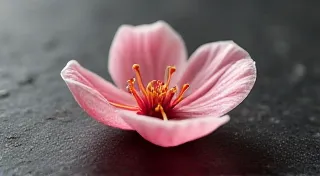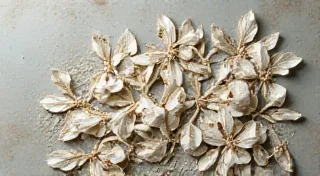Unraveling the Myths: Kumihimo and Folklore of the Textile Realm
The scent of beeswax and aged wood hangs heavy in antique shops, a fragrance intrinsically linked to the stories held within their walls. It’s a smell that transports me, instantly, back to my grandfather's workshop. He wasn't a Kumihimo artisan, but a restorer of antique accordions. Each button, each bellows fold, held a history – a musician's joy, a lost romance, the echoes of countless melodies. It was in that workshop, surrounded by the quiet dignity of rescued instruments, that I first encountered the profound respect for craftsmanship that now fuels my passion for Kumihimo braiding.
Kumihimo, the traditional Japanese art of braiding, possesses a similar aura of quiet reverence. It's more than just a technique; it's a conversation with history, a tangible link to generations of artisans who poured their skill and sometimes, their very soul, into creating objects of astonishing beauty and practical purpose. While we often discuss the *how* of Kumihimo – the intricate patterns and the precise movements of the bobbins – less often do we delve into the *why*. Why was this craft so valued? What stories did it carry, and what myths and folklore intertwined with its development?
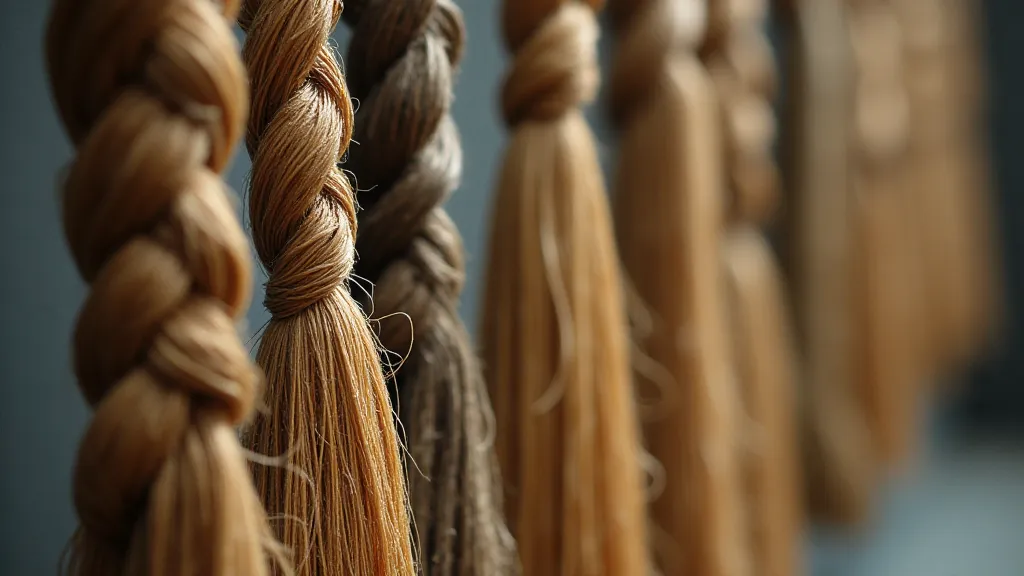
Origins Shrouded in Legend
Pinpointing the exact origins of Kumihimo is challenging. Like many ancient crafts, the lines between fact and legend blur with time. Early forms of braiding likely existed in multiple cultures worldwide, but Kumihimo as we recognize it today began to take shape during the Kofun period (c. 300-538 AD) in Japan. Initially, its primary function was purely utilitarian – creating strong, durable cords for samurai armor, horse tack, and sword hilts. These weren't decorative flourishes; they were vital components that protected lives. Imagine the weight of responsibility on the shoulders of the braider, knowing their work could be the difference between life and death. This inherent significance inevitably imbued the craft with a certain spiritual weight.
One popular myth attributes the technique to the goddess Amaterasu, the sun goddess. She is said to have gifted the art to a favored craftsman, granting him the ability to weave cords of exceptional strength and beauty. While undoubtedly folklore, it speaks to the perceived power and sacredness associated with Kumihimo. The act of braiding, with its repetitive and meditative quality, could easily have been interpreted as a form of prayer or ritual, a way to connect with the divine.
Samurai, Shinto, and Symbolism
The connection between Kumihimo and the samurai class is undeniable. The elaborate armor they wore was often adorned with intricately braided cords, not just for functionality but as a symbol of status and skill. Different colors held specific meanings. Red, for example, signified courage and vitality, while gold represented purity and enlightenment. These weren't random choices; they were deeply rooted in Shinto beliefs and the complex symbolism associated with each color.
Beyond armor, Kumihimo cords were used in sacred rituals, adorning Shinto shrines and Buddhist temples. The careful braiding, the precision required, reflected the reverence for the deities being honored. Some accounts even suggest that certain Kumihimo patterns were believed to possess protective properties, warding off evil spirits and bringing good fortune. The act of creation itself became a form of veneration.
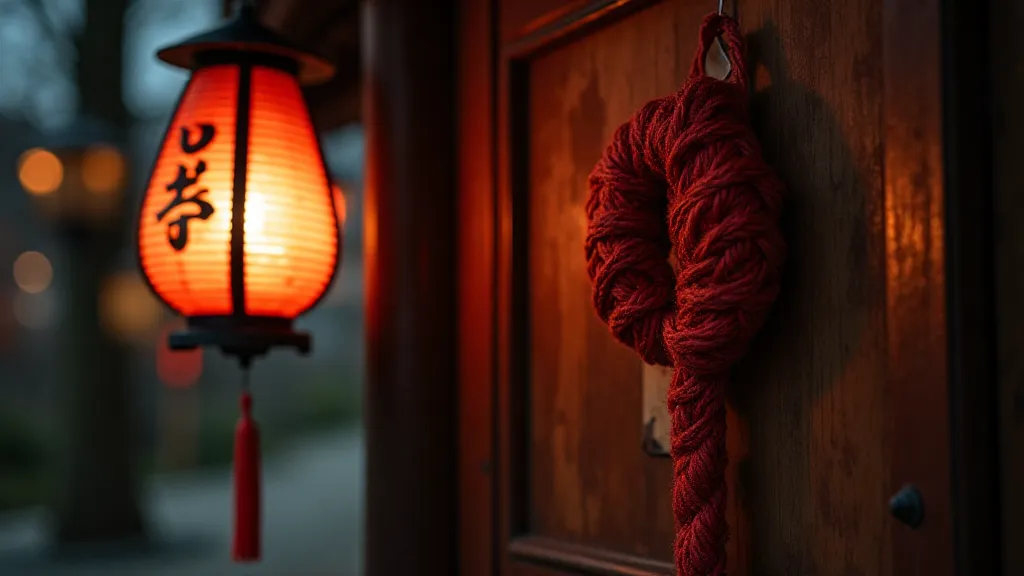
Beyond the Functional: The Rise of Decorative Braiding
As Japan moved into the Edo period (1603-1868), a time of relative peace and economic prosperity, Kumihimo began to evolve beyond its purely functional roles. With fewer warriors needing elaborate armor, artisans had the opportunity to explore more decorative applications. Sashiko embroidery (another Japanese craft) flourished alongside Kumihimo, and the techniques began to inspire one another. Braided cords were used to create intricate obi (sash belts), purses, and even decorative hangings.
This period saw the emergence of highly specialized Kumihimo artisans who passed down their knowledge and skills through generations. The marudai, the large, circular braiding stand, became the standard tool for creating the most intricate and complex designs. The craftsmanship during this time reached unprecedented levels of artistry. The stories say that these artisans were not merely craftspeople; they were spiritual practitioners, imbuing their creations with an almost palpable sense of peace and harmony.
Modern Interpretations and Enduring Reverence
Today, Kumihimo braiding enjoys a resurgence in popularity among crafters and textile artists worldwide. While the original functional and spiritual contexts may be less prominent, the core values of craftsmanship, patience, and a deep appreciation for tradition remain. Restoring antique accordions, like my grandfather did, shares a similar ethos – a commitment to preserving the beauty and history embedded within an object. Each stitch, each movement, is a way of connecting with the past and honoring the skill of those who came before.
Modern Kumihimo artists are finding new ways to incorporate the techniques into contemporary designs, creating everything from jewelry and home décor to clothing and installations. The potential for creative expression is limitless. But it's crucial, as we explore these modern interpretations, to remember the profound history and spiritual significance that lies at the heart of this ancient art. The myths and folklore aren’t just charming stories; they’re a window into the values and beliefs of a culture that deeply revered craftsmanship and recognized the power of creation.
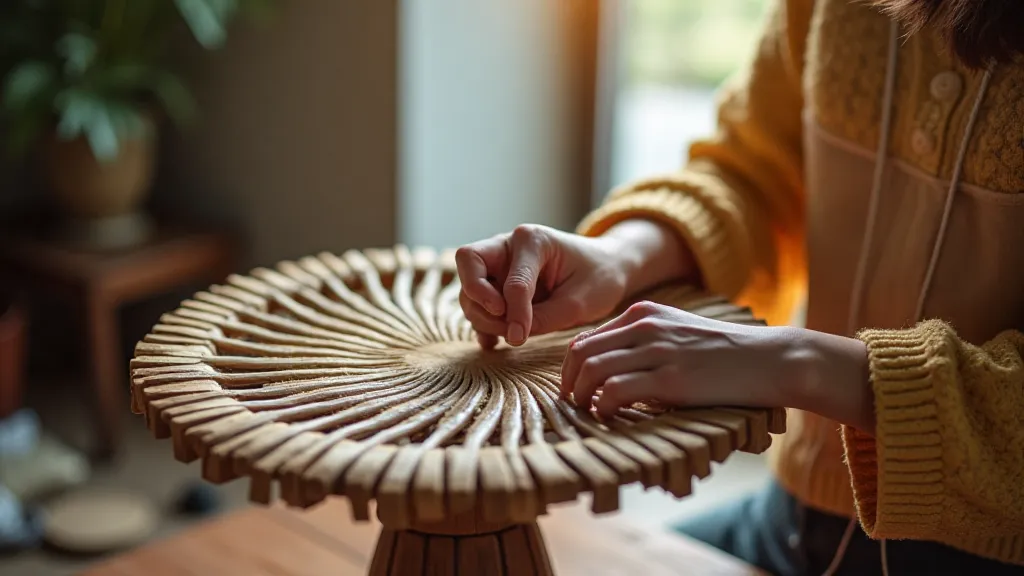
The next time you hold a Kumihimo cord, take a moment to consider the countless hands that have crafted similar objects throughout the centuries. Imagine the stories they could tell, the myths they could share. And perhaps, just perhaps, you’re not just creating a beautiful object – you’re participating in a tradition that stretches back to the dawn of Japanese culture.



